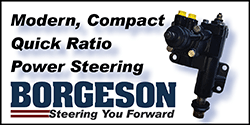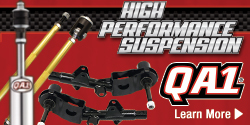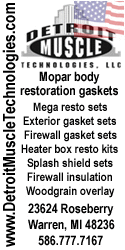Charlie Brown
Well-Known Member
- Local time
- 2:18 AM
- Joined
- May 23, 2021
- Messages
- 322
- Reaction score
- 510
- Location
- Vars, Ontario, Canada
I'm in the process of checking / adjusting my hydraulic lifters with adjustable rocker arms. The rocker system I have are Harland Sharp units which are shaft mounted. I have the adjusting chart which is handy. The engine in question is a 426W. It has not run in 5 months, but has 3k miles on the engine. Some people say to spin the push rod until it spins no more and adjust from there (1/2 - 3/4 turn), others recommend eliminating lash (removing the up / down movement) then adjust from there. I've done the spin thing, but it looks like not all the rockers are adjusted the same - i.e. when I push down on the rocker tip, some travel more than others. Does the engine having not run for 5 months have an affect on adjustment? Could some of the lifters be more pumped up than others thus affecting the adjustment? So I'm reaching out to find out which is the preferred / correct starting point - twirl or zero lash.
















